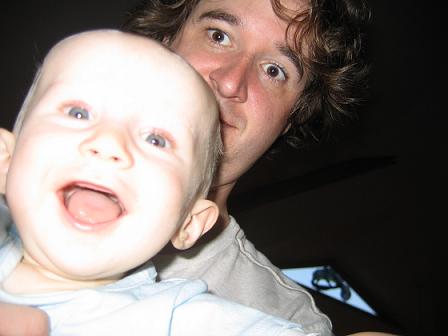Introduction and AllegationsAfter careful reflection over the matter, my introduction is to summarize the events and concerns that arose as a result of my expedition to the UJD outpost in Colombo, Sri Lanka. While I understand that I arrived into a tense and dangerous situation as the Liberation Tigers of Tamil Eelam (LTTE) had recently attacked and killed three soldiers, the UJD's Colombo coordinator, Ms. Burn, was very busy and hastily assigned an assistant to "keep me out of trouble". Her name is Mali and I was shocked to discover (mainly because of the broader ramifications of her affiliation with the UJD) that could possibly be a former (or current) LTTE member or, at the very least, a Tamil Tiger sympathizer. She showed me a training camp where young, AK47-brandishing women were running drills and practicing their marksmanship to one day continue their struggle. She bristled at my accusation that children are too young to understand the full extent of their actions. Mali said she was going to show me the faces of those who “truly respect freedom”, but my expedition abruptly ended there. I have few regrets that it didn’t continue. I had already drawn the conclusions that are to follow.
The Liberation Tigers of Tamil Eelam is a radical secessionist movement founded in 1975 by Velupillai Prabhakaran and appears on the U.S. State Department's
list of foreign terrorist organizations. Their crimes against the international community range from
satellite piracy to
assassinations, from
credit card and
charity fraud to
human trafficking and prostitution. Meanwhile, the ongoing civil war between the LTTE and the Sri Lankan government has manifested a long list of bloody atrocities (massacres, suicide bombings, etc.) attributed to the separatists.
This information is included in my report in an attempt to shed light on the history and allegations against the LTTE, but concessions should be considered that misinformation and propaganda are often tools implemented by the state-in-power during internal struggles such as this one. The hands on both sides of this civil war are far from clean. Allegations of state terrorism have been levelled against the Sri Lankan government. For every
Gongala Massacre (attributed to the LTTE) there is a
Allaipiddy massacre (connections made to the Sri Lankan Navy), for every
Central Bank bombing (one of the LTTE's deadliest suicide bombings) there is a
Padahuthurai bombing (a Sri Lankan security force air raid kills civilians).
Both sides have also been accused of using child soldiers. While these accusations have
historically and
recently been levelled against the Tamil Tigers, this past year
international attention was brought to the Sri Lankan's complacency to activities of the paramilitary Karuna Group. As mentioned in Human Rights Watch's September 2006 report entitled
Improving Civilian Protection in Sri Lanka (emphasis added in italics):
Since June 2006, the Karuna group abducted more than 100 boys for their forces from several towns in Batticaloa district. After a decline in reported abductions in July, abductions by the Karuna group rose sharply in August after fighting between government forces and the LTTE intensified. Local human rights groups said that the location, time and manner of the abductions—all in government-controlled territory—strongly indicate that the abductors were from the Karuna group and not members of the LTTE.
Conclusions and RecommendationsThe involvement of children in armed conflicts was the subject of a
special protocol (then ratified in 2000) to the United Nation's Convention on the Rights of the Child.
The
Rome Statute of the International Criminal Court includes the following among its list of activities defined as "war crimes":
Conscripting or enlisting children under the age of fifteen years into the national armed forces or using them to participate actively in hostilities.
(Article 8, Sec 2b, xxvi)
Clearly the international community is unified on the position that children should not be used or forced into armed conflicts. During my expedition, Mali's rhetoric was an attempt to justify the atrocious human rights violation of her "liberation movement". But the use of children in the Sri Lankan civil war is reprehensible no matter which side engages in it.
For the most concisely collected list of recommendations regarding this issue, please refer to another Human Rights Watch document entitled Living in Fear: Child Soldiers and the Tamil Tigers in Sri Lanka. In this regard I believe the Center for Universal Justice and Dignity should rally behind and fully support the contributions already made by our peer in the field.

